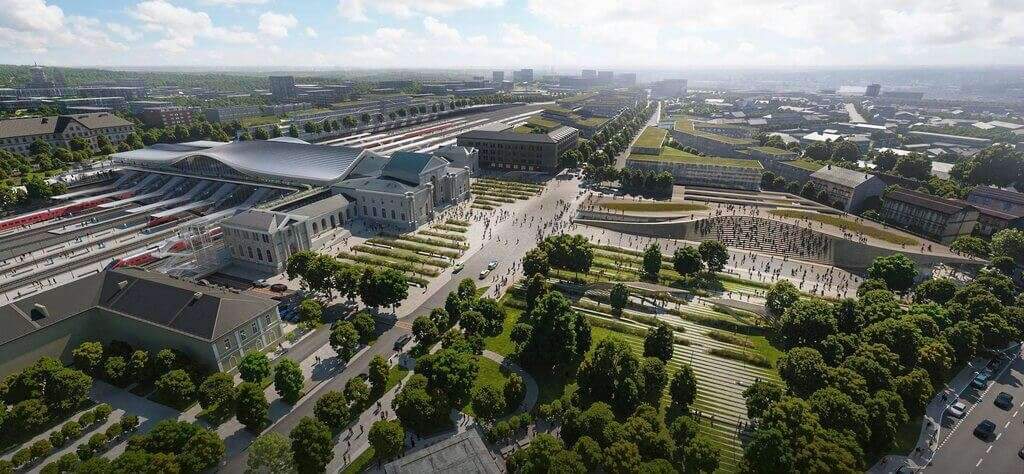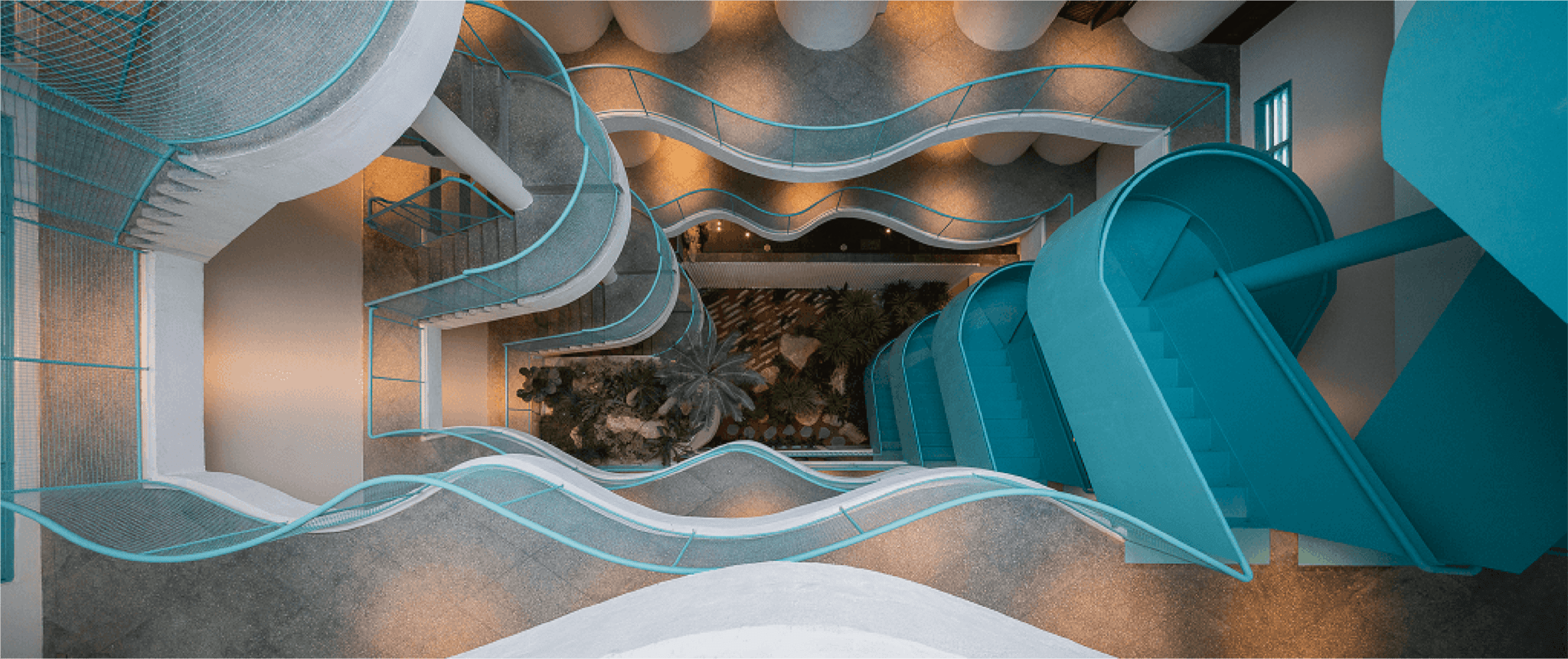Pizza and the Pentagon How a Slice of Dough Reveals the Pulse of Cities Under Pressure
In a world increasingly driven by data and behavioral shifts, some of the most intriguing insights come from unexpected places. One such example is the so called Pizza Index an informal observation that has quietly evolved into a curious but surprisingly telling indicator of global events.
So, what can late-night pizza orders from places like the Pentagon or the White House really tell us? Perhaps more than you’d expect.

How It All Bean
It started with a simple observation: when big decisions are being made in high security buildings during moments of crisis, people don’t stop for lunch they order pizza. And over time, analysts noticed something odd spikes in pizza deliveries often came just before major world events.
| Date | Associated Event | Pizza Orders Spike? |
|---|---|---|
| October 24, 1983 | U.S. invasion of Grenada | Yes |
| August 1, 1990 | Iraq invades Kuwait | Yes |
| November 17, 1995 | Clinton-Lewinsky scandal emerges | Yes |
| April 13, 2024 | Iranian missile strike on Israel | Yes |
This strange correlation gave rise to what’s now known as the Pizza Index not about food, but about the rhythm of decision-making under pressure.
Architecture and the Invisible Rhythm of Cities
Architects and urban planners usually focus on form, function, and user experience. But beneath the surface of cities lies another layer one made up of invisible rhythms: traffic flows, energy consumption, waste patterns, and yes, even food delivery trends.
The Pizza Index isn’t about craving; it’s about human behavior during moments of urgency. It opens up a deeper question:
Are our cities designed to absorb sudden changes in activity?
Can our built environments respond to the subtle signs that precede major events?

Crisis Urbanism: Designing for the Unexpected
From this idea emerged the concept of Crisis Urbanism a shift in how we think about city planning. It’s not just about preparing for climate disasters or rising sea levels, but also about designing spaces that can handle:
- Social unrest
- Political instability
- Sudden lockdowns
- Or even new work habits during global crises
For instance, are city centers equipped to support essential services during full scale shutdowns? Are government buildings designed to accommodate long hours of operation without relying on external resources?
These are no longer hypothetical questions they’re real design challenges.

Architectural Intelligence: Reading the Hidden Signals
With the rise of AI and big data, architects today have a new role not just as designers of space, but as interpreters of urban behavior. Just as pizza orders hinted at political moves, other everyday signals might be telling us something too:
- A sudden jump in electricity use.
- Unusual spikes in public Wi-Fi demand.
- Shifts in transportation patterns.
These could all be early indicators of change. The real intelligence in architecture doesn’t only lie in blueprints and materials it lies in how well we understand and adapt to these hidden signals.

Conclusion: A Strategic Slice in Every Plan
At first glance, linking pizza orders to urban planning might seem trivial. But if you look closer, it reveals something profound how humans seek comfort, routine, and connection even in times of pressure.
Cities breathe differently under stress, and architecture must evolve from static structures into responsive systems. Maybe, just maybe, the scent of pizza at midnight isn’t just dinner it’s a signal that something big is about to happen.

ArchUp strives to document the architectural and urban journey in the Arab world through precise editorial content and rich analyses that reflect the depth of design and the diversity of architectural schools. The editorial team consists of specialists committed to covering all the latest developments in the field. You can always learn more about our editorial team or contact us to contribute or participate in building this open knowledge archive.







